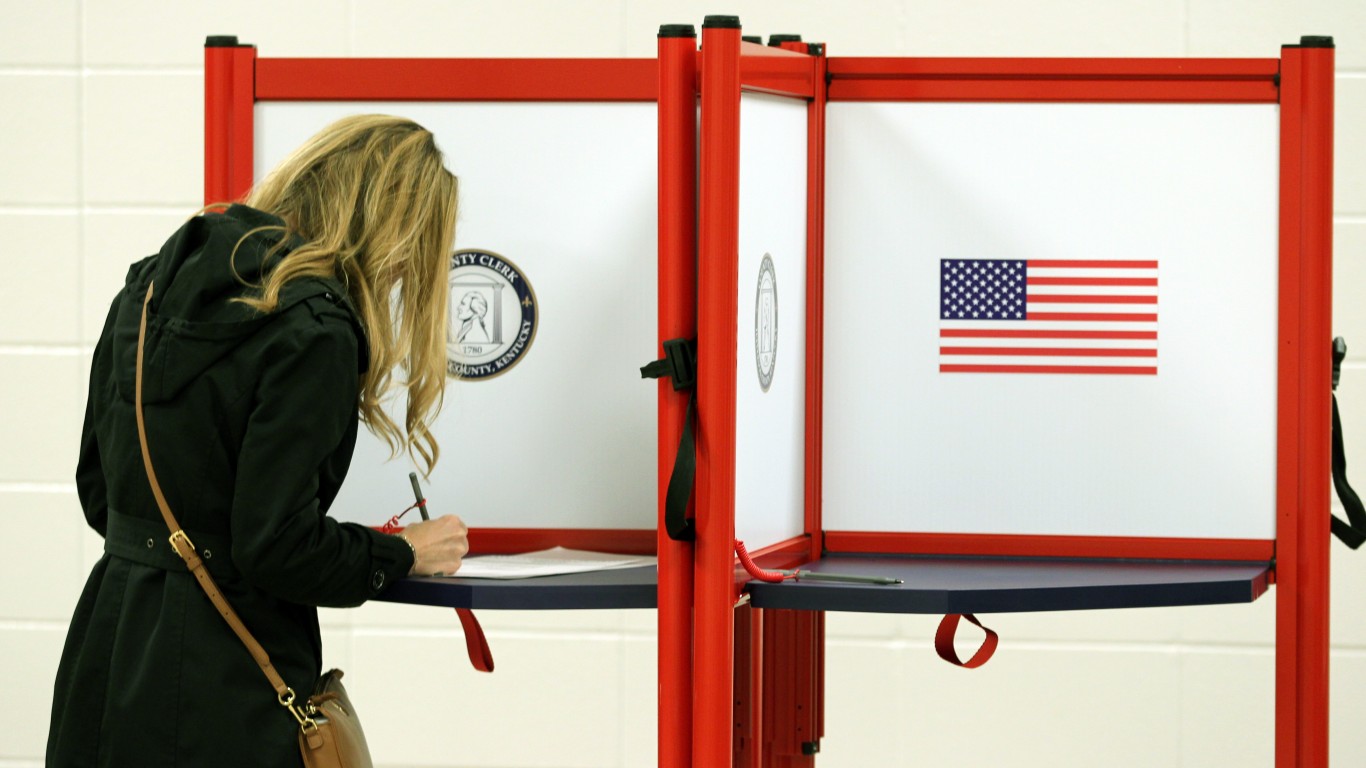
In case you haven’t noticed, prices of foods from eggs to fish have been skyrocketing lately, and this inflation, which is driven in part by global food shortages, shows no signs of slowing down. One way that some countries are dealing with these shortages is by banning food exports.
According to the Bureau of Labor Statistics’ consumer price index’s most recent data, the price of groceries has increased by a whopping 11.9% over the past 12 months, its sharpest increase since the period ending in April 1979. The price of meats, poultry, fish, and eggs increased the most, rising 14.2%, with the index for eggs increasing 32.2%. (Here is the price of bacon and eggs the year you were born.)
This is not just an American problem. The price of food has been rising around the world, for a variety of reasons. For one, the COVID-19 pandemic drastically impacted global supply chains. More recently, Russia’s war against Ukraine, long regarded as Europe’s breadbasket, has dramatically impacted their ability to export grains, fertilizer, and vegetable oil. (We bet you didn’t know these 32 famous people were born in Ukraine.)
In the face of these food shortages and rising prices, many countries have stopped exporting certain foods entirely, in an effort to ensure that they can feed their own people before selling food abroad.
To determine the countries banning food exports, 24/7 Wall St. reviewed the Food & Fertilizer Export Restrictions Tracker from the International Food Policy Research Institute. The nations on this list implemented food export restrictions after Russia invaded Ukraine in February 2022. The restrictions remained active as of June 21, 2022.
Click here to see these are the countries banning food exports

21. Kosovo
> Pct. of total food exports restricted: N/A
> Products affected: Wheat, corn, flour, vegetable oil, salt, sugar
[in-text-ad]
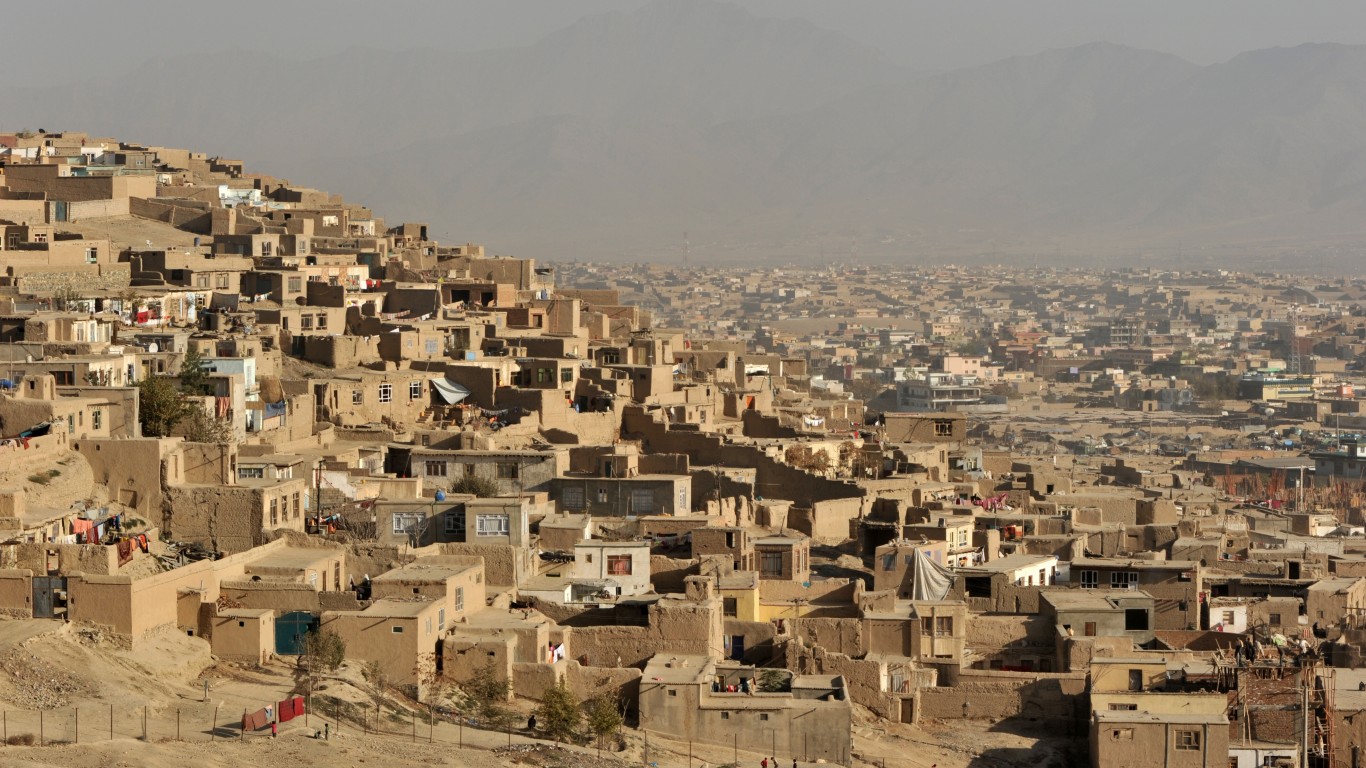
20. Afghanistan
> Pct. of total food exports restricted: <0.1%
> Products affected: Wheat

19. Burkina Faso
> Pct. of total food exports restricted: <0.1%
> Products affected: Millet flour, corn flour, sorghum flour

18. Argentina
> Pct. of total food exports restricted: 0.1%
> Products affected: Beef meat
[in-text-ad-2]

17. Malaysia
> Pct. of total food exports restricted: 0.2%
> Products affected: Chickens
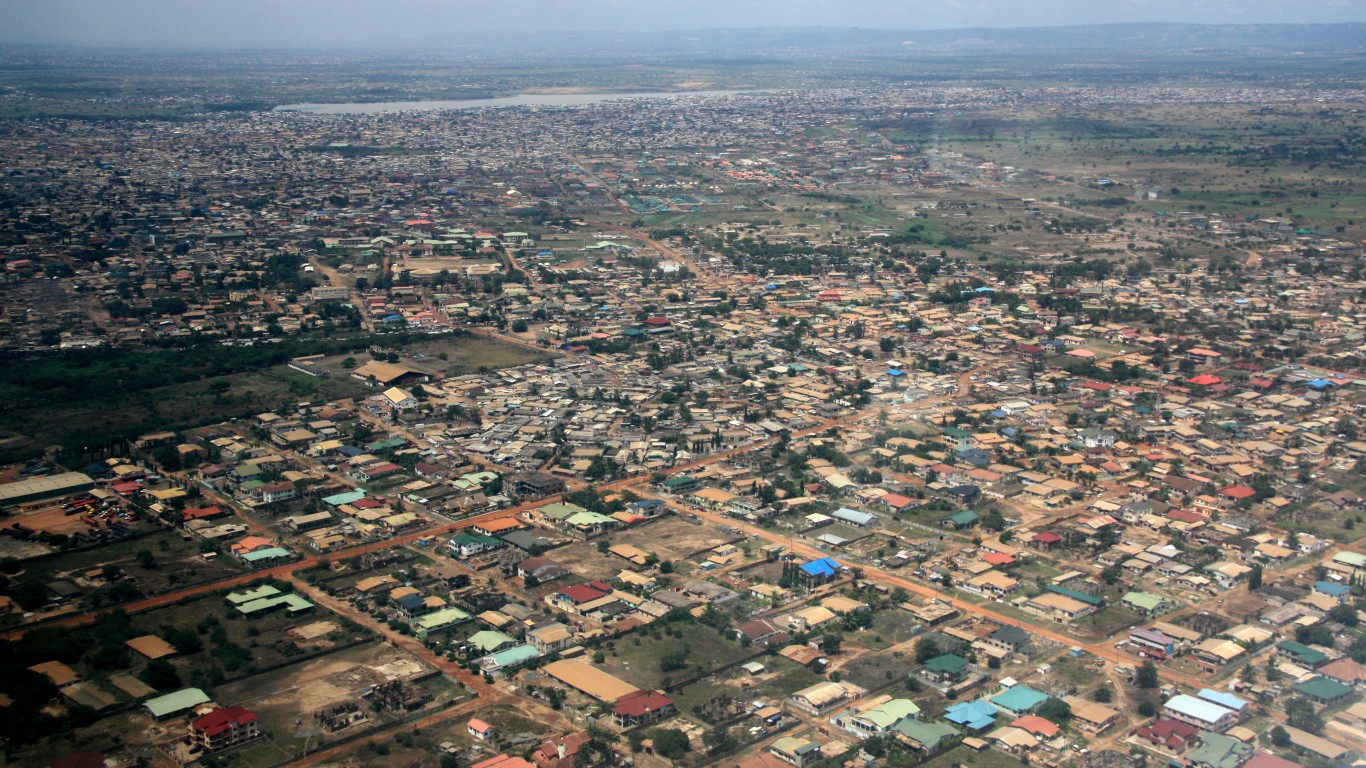
16. Ghana
> Pct. of total food exports restricted: 0.4%
> Products affected: Maize, soybean
[in-text-ad]

15. Belarus
> Pct. of total food exports restricted: 3.0%
> Products affected: Wheat, rye, barley, oats, corn, buckwheat, millet, triticale, rapeseed seeds, sunflower seeds, beet pulp, cake, rapeseed meal

14. Tunisia
> Pct. of total food exports restricted: 5.2%
> Products affected: Fruits, vegetables

13. Kyrgyzstan
> Pct. of total food exports restricted: 6.0%
> Products affected: Wheat, meslin, flour, vegetable oil
[in-text-ad-2]

12. Iran
> Pct. of total food exports restricted: 6.1%
> Products affected: Potatoes, eggplants, tomatoes, onion

11. Azerbaijan
> Pct. of total food exports restricted: 8.6%
> Products affected: flour-grinding industry goods, starch, wheat gluten, oilseeds and other seeds, medicinal and industrial crops, feed
[in-text-ad]

10. India
> Pct. of total food exports restricted: 10.1%
> Products affected: Wheat

9. Pakistan
> Pct. of total food exports restricted: 14.5%
> Products affected: Sugar
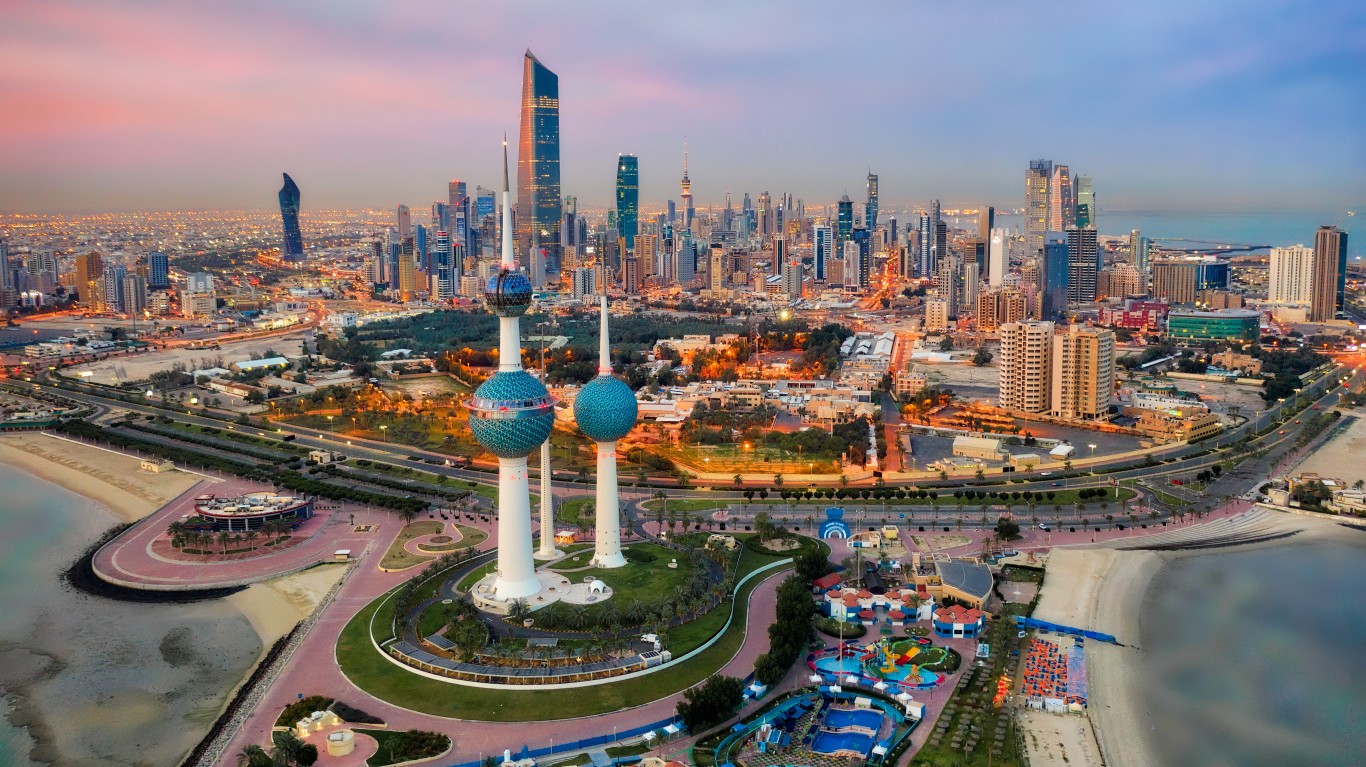
8. Kuwait
> Pct. of total food exports restricted: 29.1%
> Products affected: Grains, vegetable oils
[in-text-ad-2]

7. Lebanon
> Pct. of total food exports restricted: 31.6%
> Products affected: Processed fruits and vegetables, milled grain products, sugar, bread
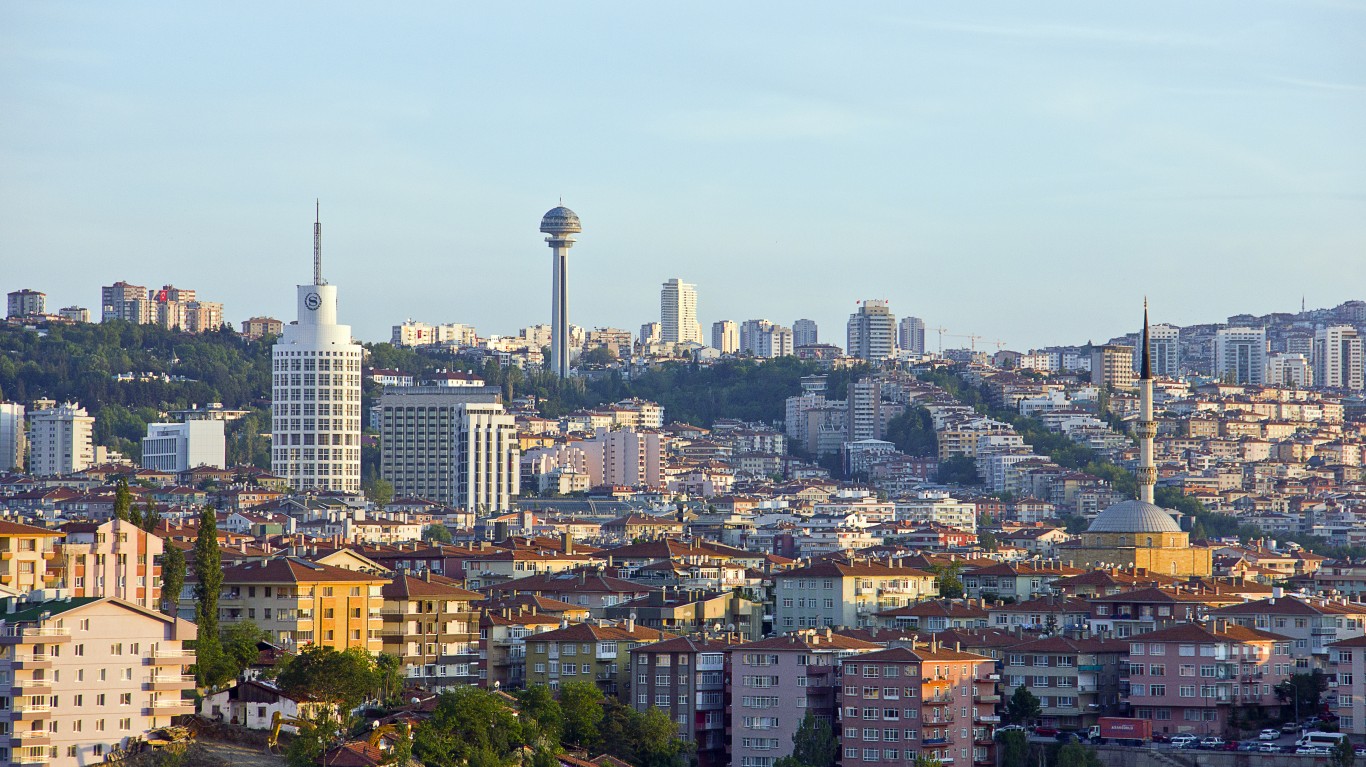
6. Turkey
> Pct. of total food exports restricted: 32.2%
> Products affected: Poultry meat, eggs, vegetables
[in-text-ad]

5. Serbia
> Pct. of total food exports restricted: 54.0%
> Products affected: Wheat, corn, flour, oil
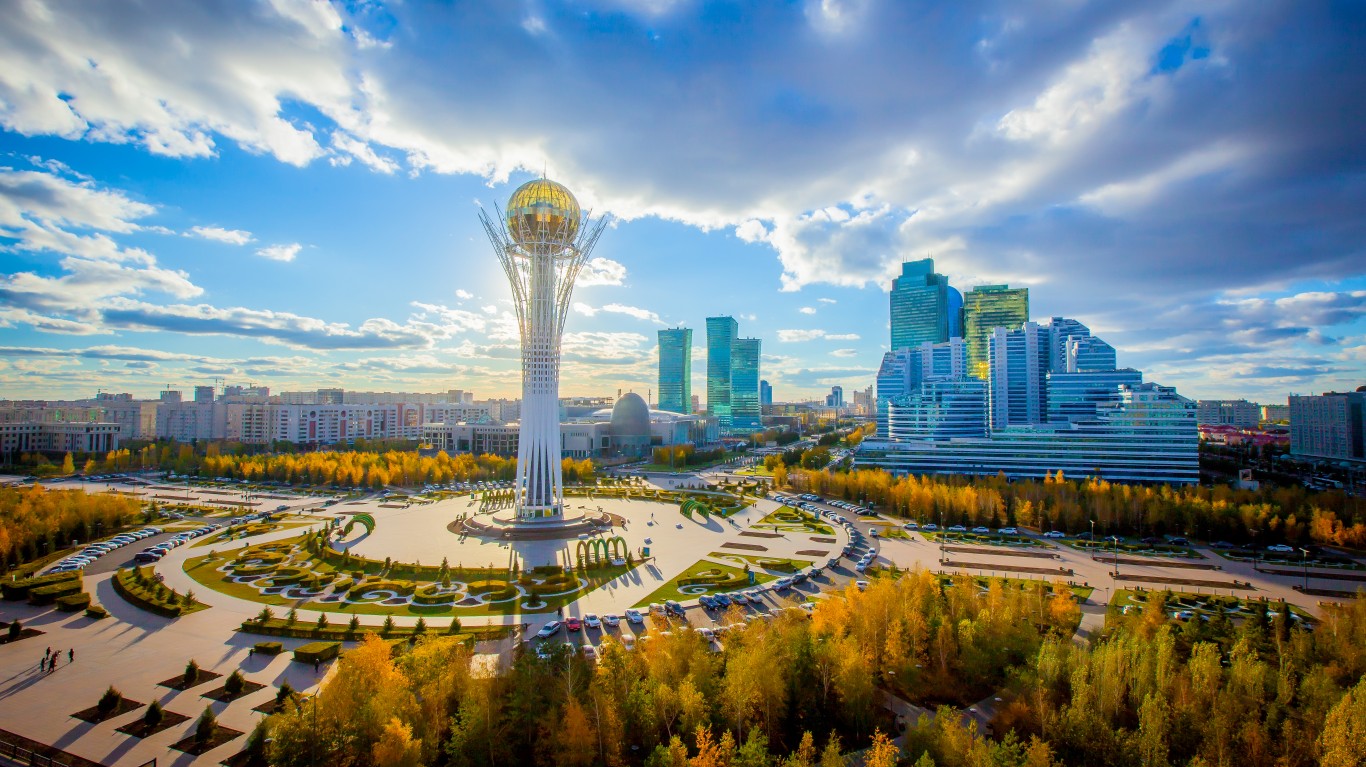
4. Kazakhstan
> Pct. of total food exports restricted: 69.4%
> Products affected: Cattle, sugar, sunflower seeds, wheat, flour

3. Russia
> Pct. of total food exports restricted: 73.7%
> Products affected: Sunflower oil
[in-text-ad-2]
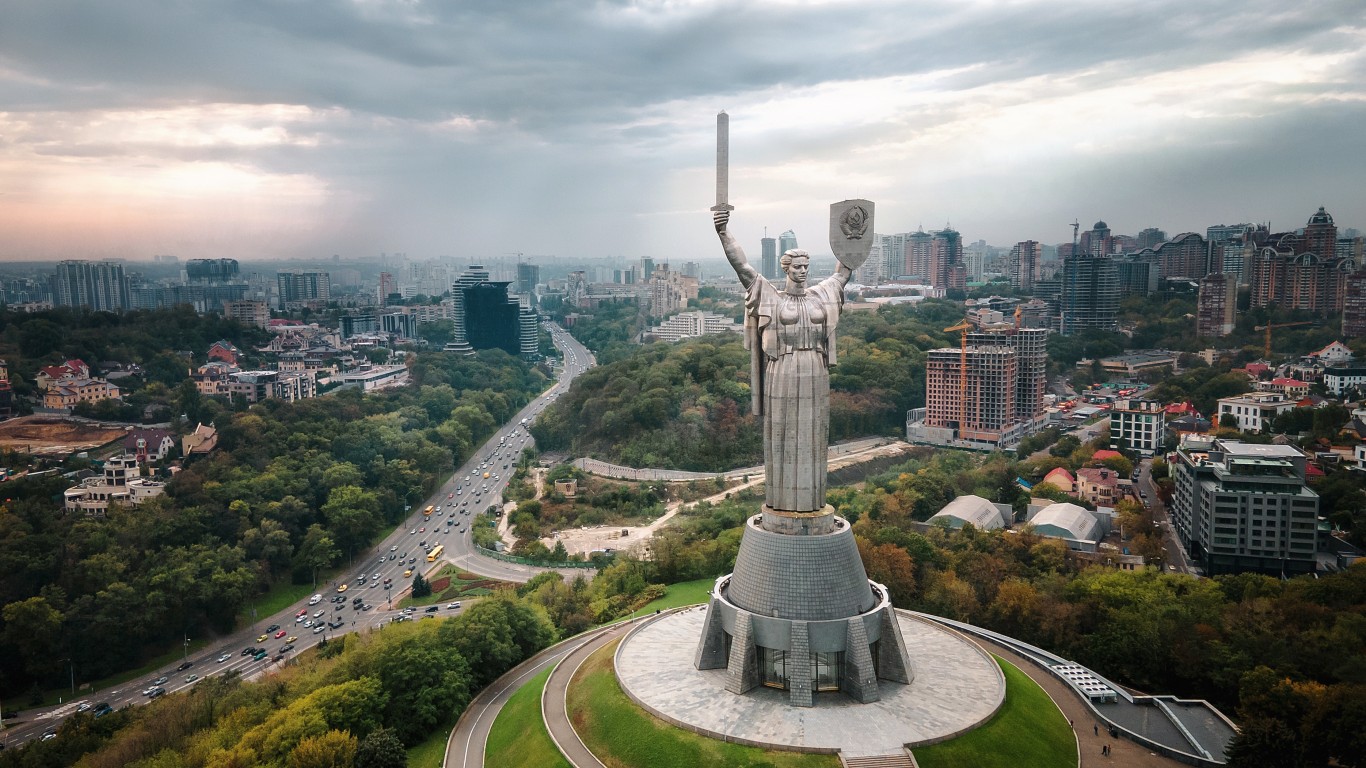
2. Ukraine
> Pct. of total food exports restricted: 76.3%
> Products affected: Wheat, oats, millet, sugar, poultry, eggs, sunflower oil

1. Algeria
> Pct. of total food exports restricted: 96.8%
> Products affected: Pasta, wheat derivatives, vegetable oil, sugar
Travel Cards Are Getting Too Good To Ignore (sponsored)
Credit card companies are pulling out all the stops, with the issuers are offering insane travel rewards and perks.
We’re talking huge sign-up bonuses, points on every purchase, and benefits like lounge access, travel credits, and free hotel nights. For travelers, these rewards can add up to thousands of dollars in flights, upgrades, and luxury experiences every year.
It’s like getting paid to travel — and it’s available to qualified borrowers who know where to look.
We’ve rounded up some of the best travel credit cards on the market. Click here to see the list. Don’t miss these offers — they won’t be this good forever.
Thank you for reading! Have some feedback for us?
Contact the 24/7 Wall St. editorial team.
 24/7 Wall St.
24/7 Wall St. 24/7 Wall St.
24/7 Wall St.
